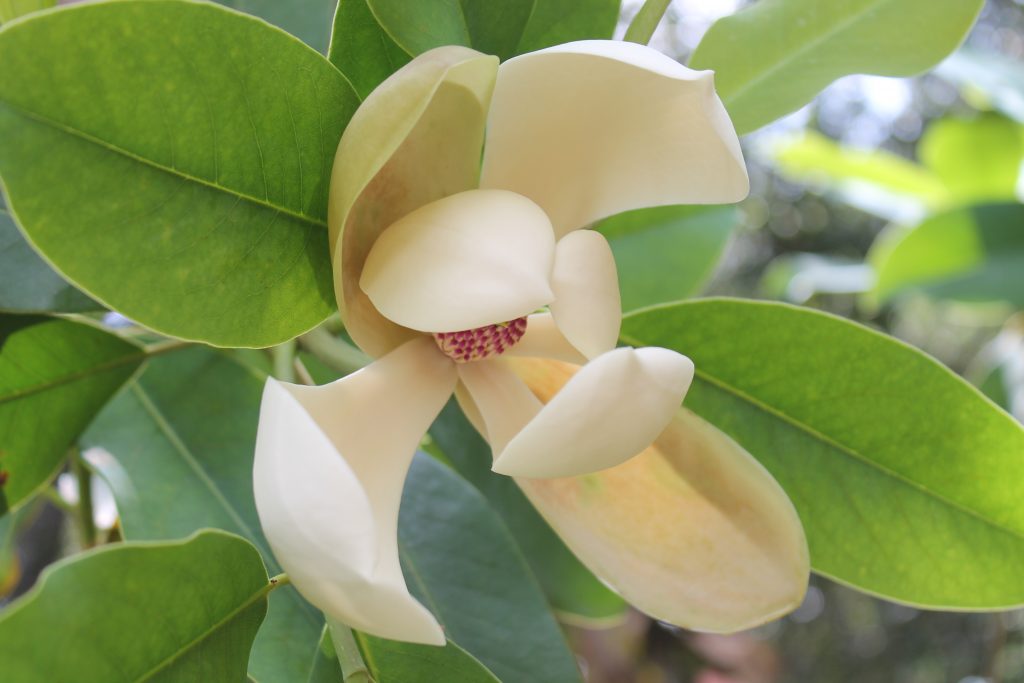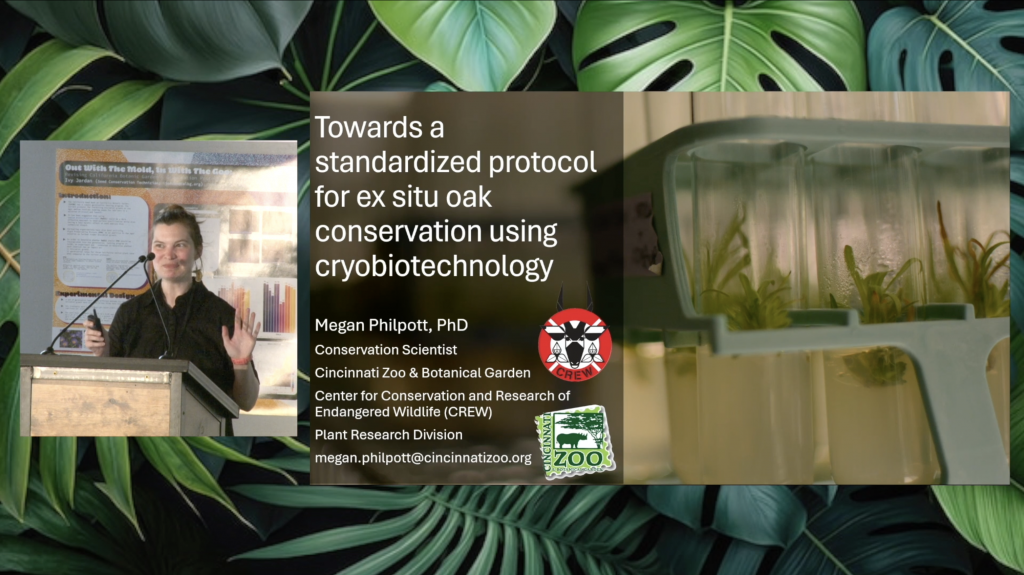
The Cincinnati Zoo & Botanical Garden’s Center for Conservation and Research of Endangered Wildlife (CREW) has partnered with 18 partner organizations across the United States to develop standardized and improved methods for getting oak species into tissue culture and cryopreservation as part of a three-year IMLS-funded project. At the conclusion of year one, we used […]
Read More…

It is known that two in five plants, and one in three trees, are threatened with extinction and thus, botanical gardens around the world play a key role in ex situ preservation of plant genetic resources. The traditional conservation methods, seed and field banks, are not efficient (high cost of maintenance, risk of loss) for […]
Read More…
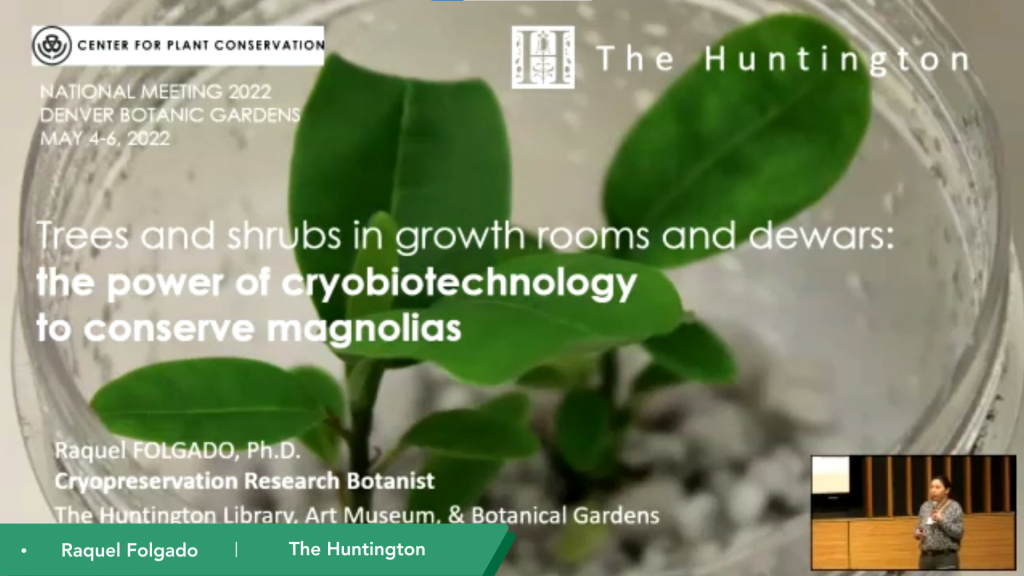
The ex-situ conservation of magnolias plays a crucial role in preserving the species red-listed by IUCN, and it is generally limited to field collections. The cryobiotechnology (i.e., plant tissue culture and cryopreservation) can help safeguard the biodiversity of plants and reduce the cost of maintenance and the risk of loss for the collection. Studies on […]
Read More…
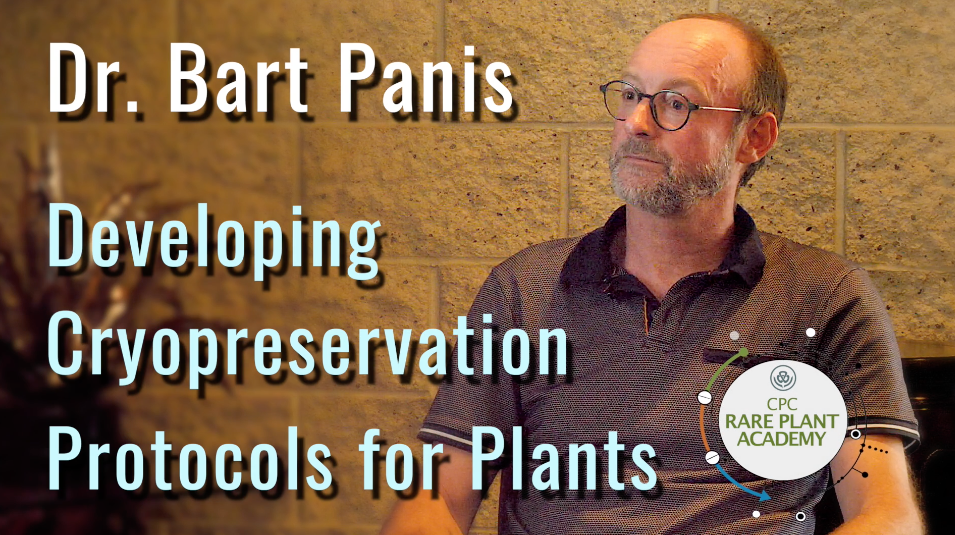
Dr. Bart Panis is a renowned plant cryobiologist at Biodiversity International who developed a method of droplet vitrification. This protocol made it possible to cryopreserve the tropical banana, an incredibly difficult species to conserve in collections. In this interview, Dr. Joyce Maschinksi asks him about his methodology, how it can be used to cryopreserve other […]
Read More…
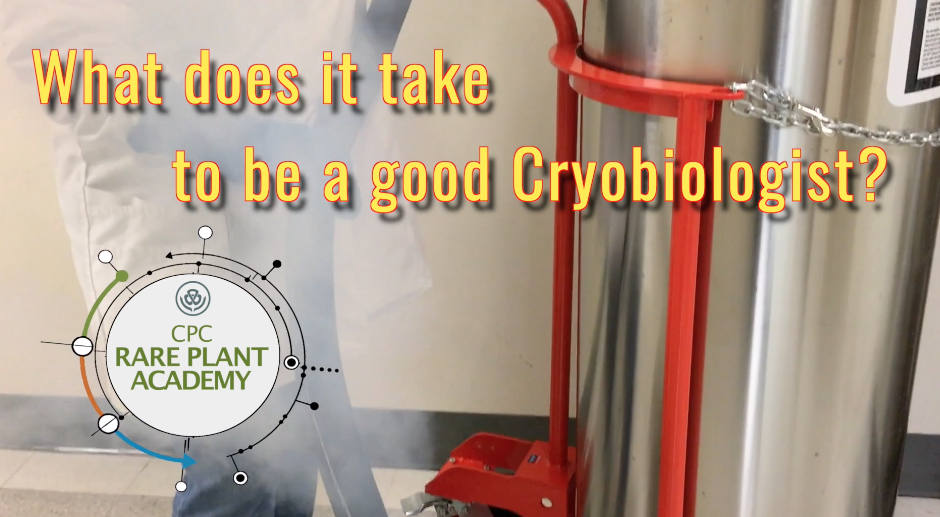
Talented cryobiologists Bart Panis, Shin-Ichi Yamamoto, Meera Das, Daniel Ballesteros, Chris O’ Brian, and Rachel Folgado describe what they believe makes for a good cryobiologist. Among the many qualities they discuss are such attributes as patience, fine motor skills, dedication, enthusiasm, a desire to preserve material for future generations, and above all, passion. […]
Read More…
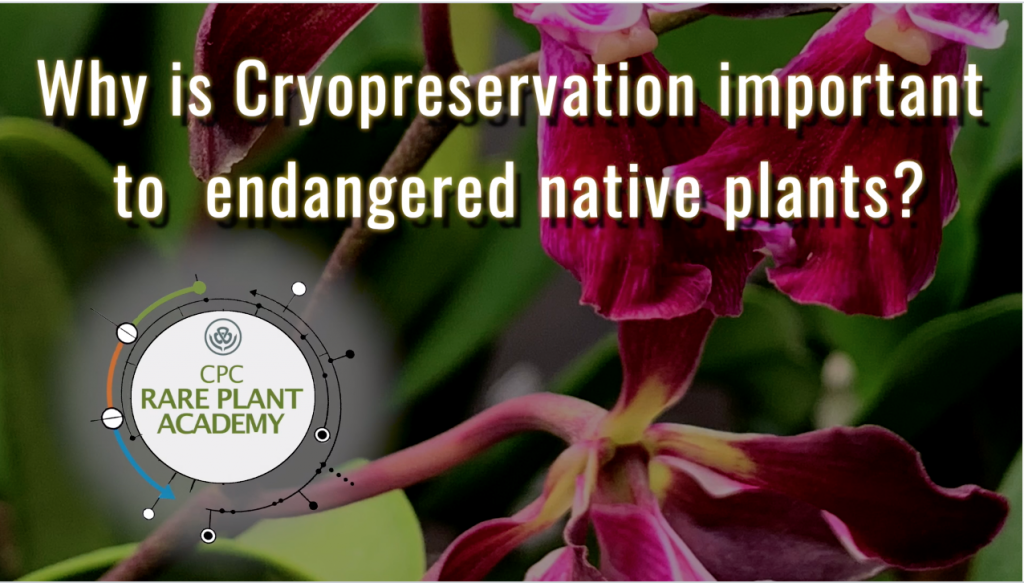
Cryopreservation, a method of storing tissues in liquid nitrogen, is becoming increasingly important to rare plant conservation. This is because many plant species, including large groups such as oaks, orchids, and bryophytes, are unable to be stored long term using more traditional seed banking methods. Using cryopreservation techniques, researchers are able to preserve greater crop […]
Read More…
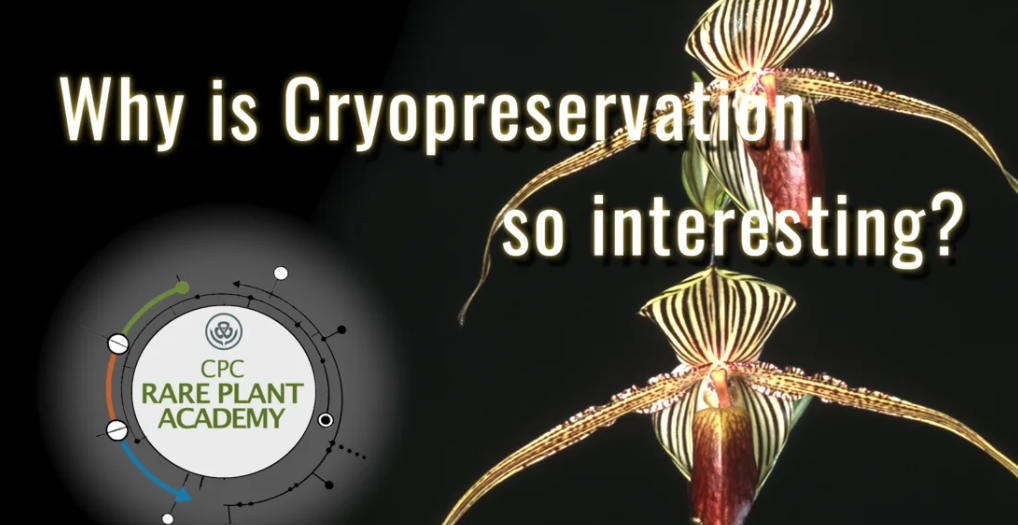
Plant Conservationists have found that many plants are unable to be stored using traditional seed banking techniques. To address this issue, researchers are exploring the use of cryopreservation, the storing of tissues in liquid nitrogen, to preserve exceptional species. In this video scientists Daniela Impe, Christina Walters, and Karin Van Der Walt explain how they […]
Read More…
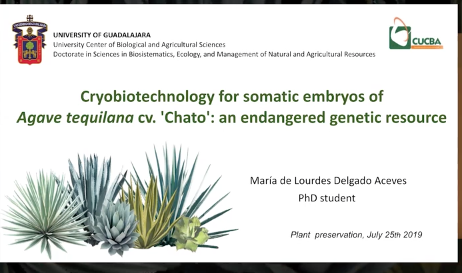
Lourdes Delgado-Aceves, Maria T. Gonzalez- Arnao, Liberato Portillo, Raquel Folgado, CUCBA-University of Guadalajara, University of Veracruz, The Huntington Library, Art Collections and Botanical Gardens Agave tequilana cv. chato is an important resource widely used to produce a very emblematic and popular Mexican beverage called mezcal; however, its wild populations are currently severely degraded due to […]
Read More…
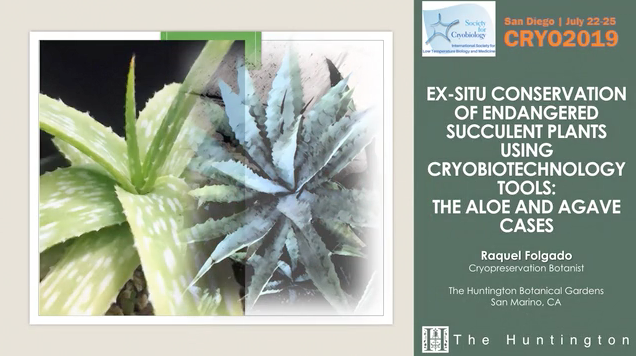
Josette Tin, Taylor La Val, Sean Lahmeyer, John Trager, Raquel Folgado*, The Huntington Library, Art Collections and Botanical Gardens, San Marino, CA., United States, *Speaker Succulent plants are significant to the horticultural industry, and they are also sources for food, fibers, medicines, and cosmetics. The main threats for the wild population of these often emblematic […]
Read More…
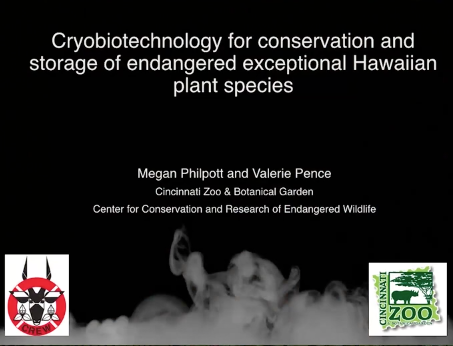
Megan Philpott, Valerie PenceL*, Cincinnati Zoo & Botanical Garden, United States *Speaker Threats to global plant biodiversity compel the need for ex situ collections of species worldwide. However, the subset of species known as exceptional plants are often overlooked. These species produce few or no seeds or produce recalcitrant seeds. The Center for Conservation and […]
Read More…

